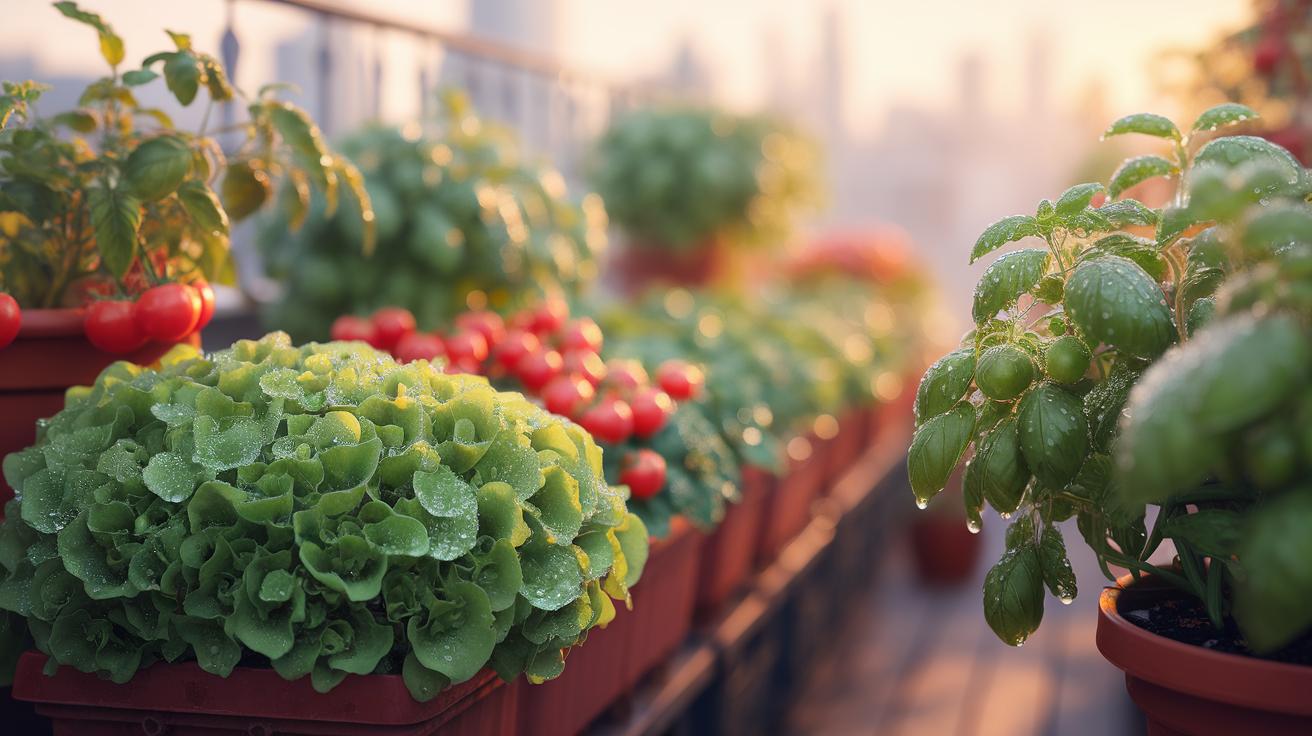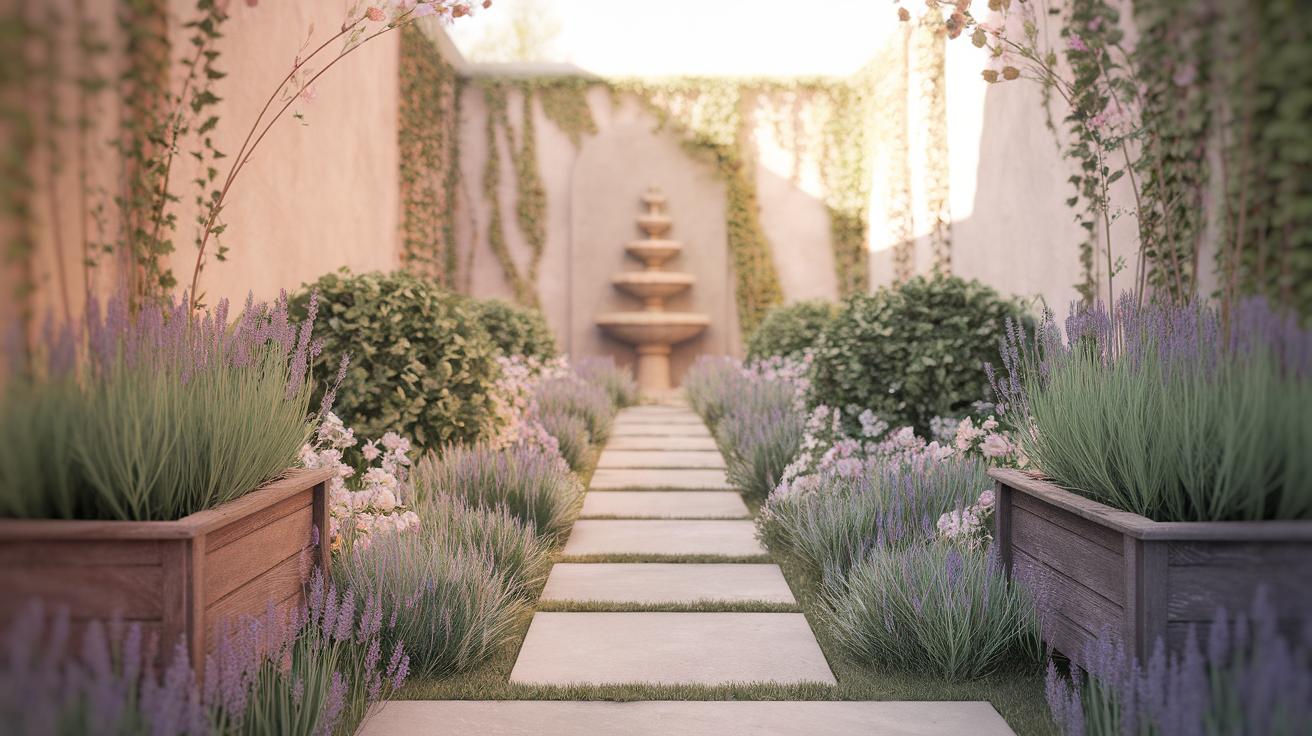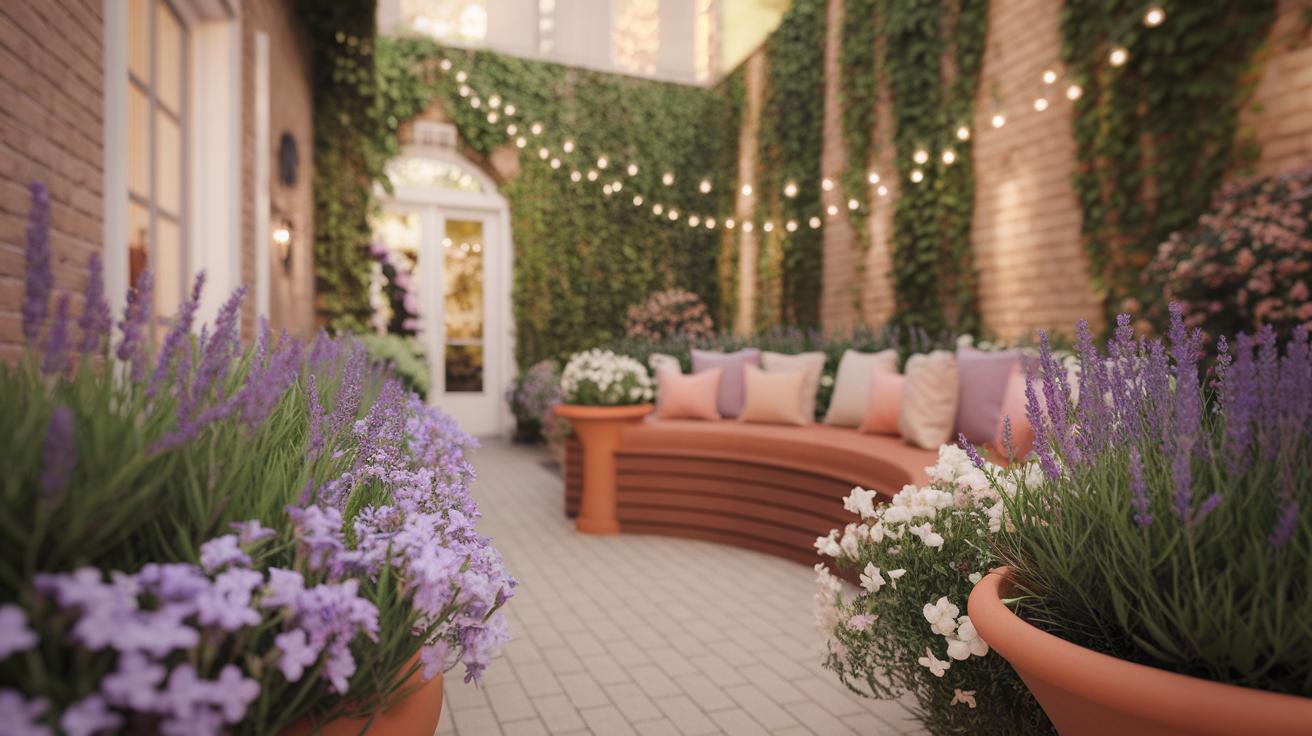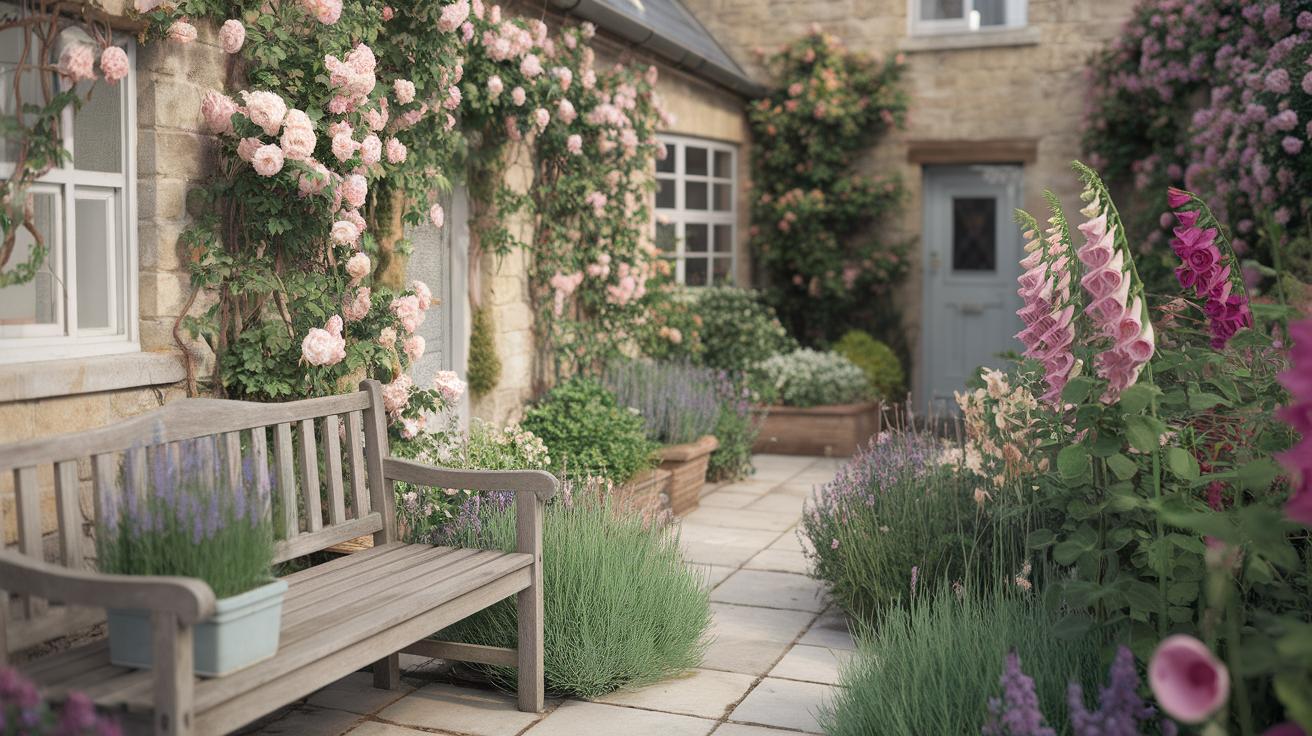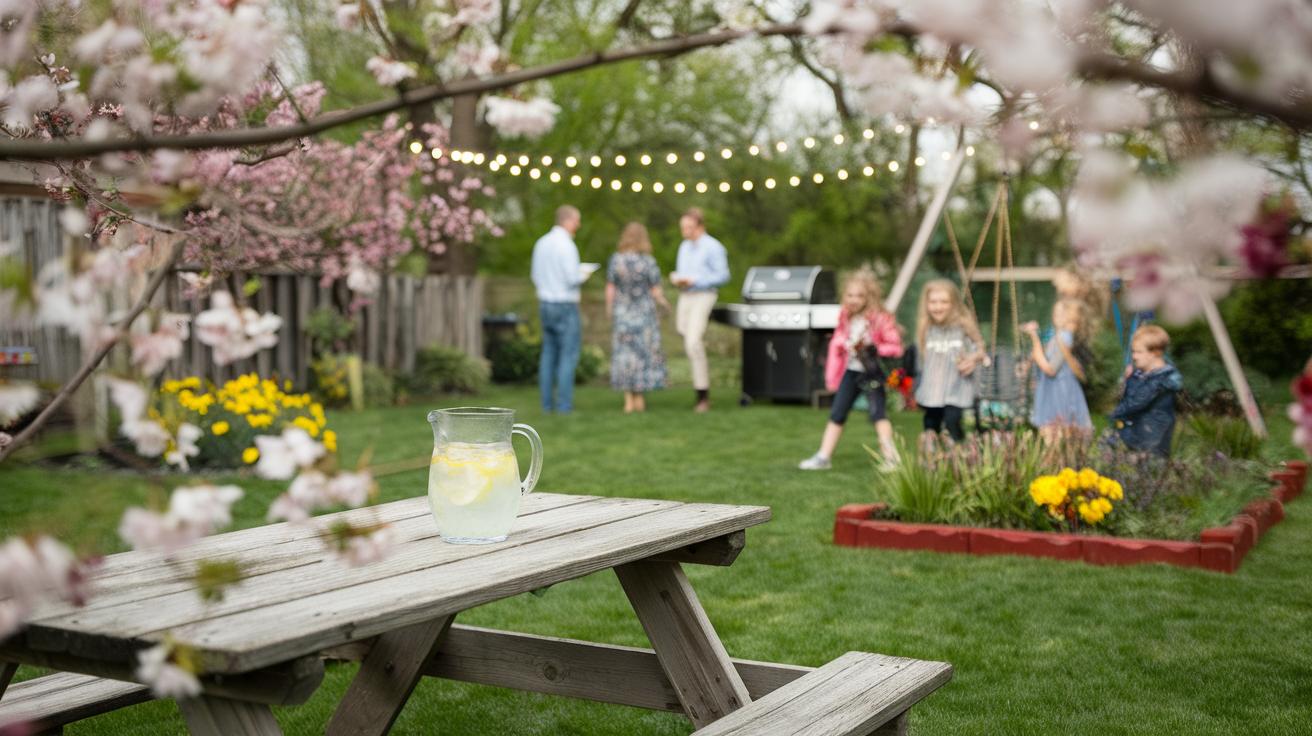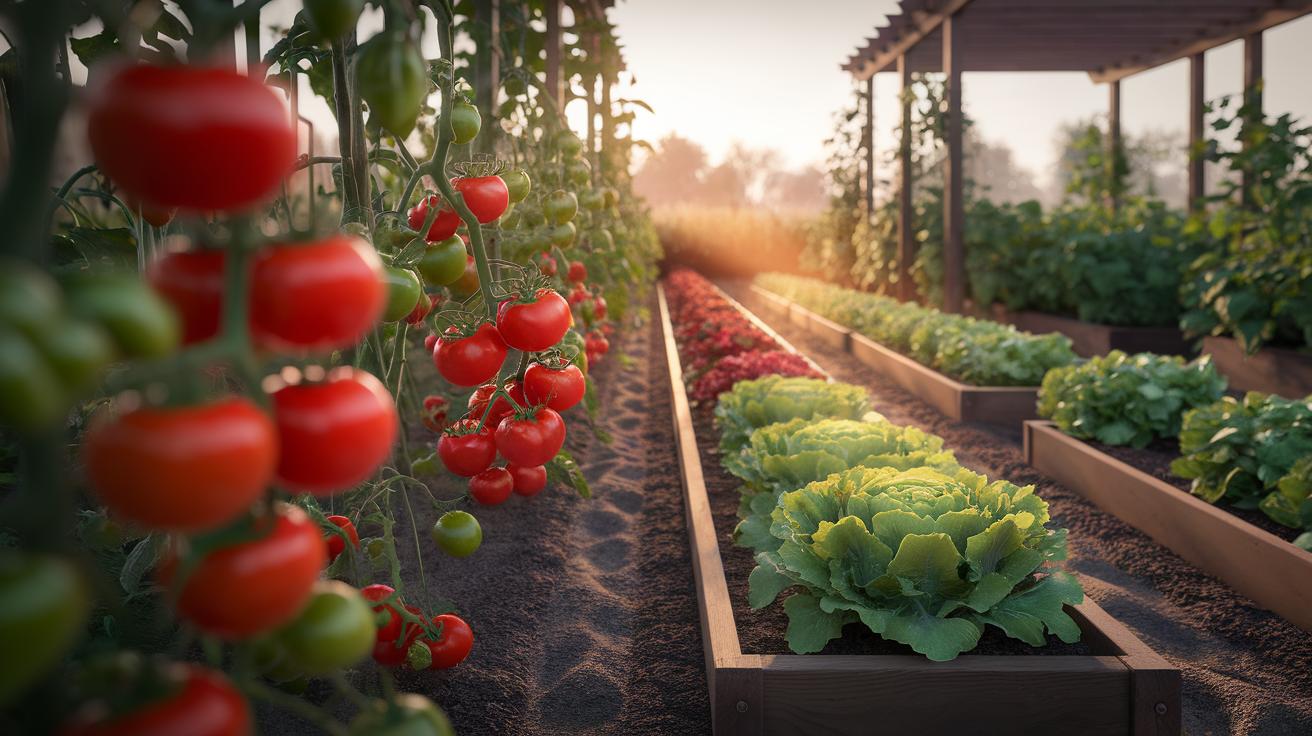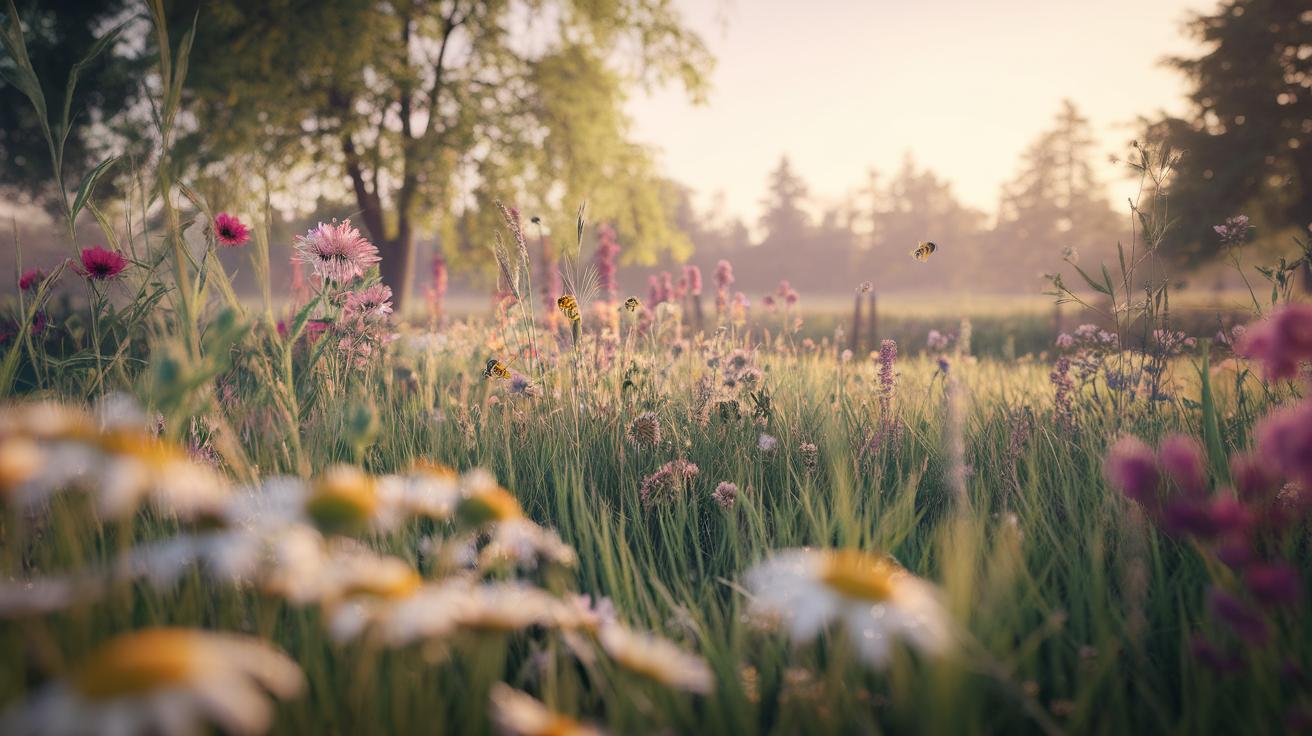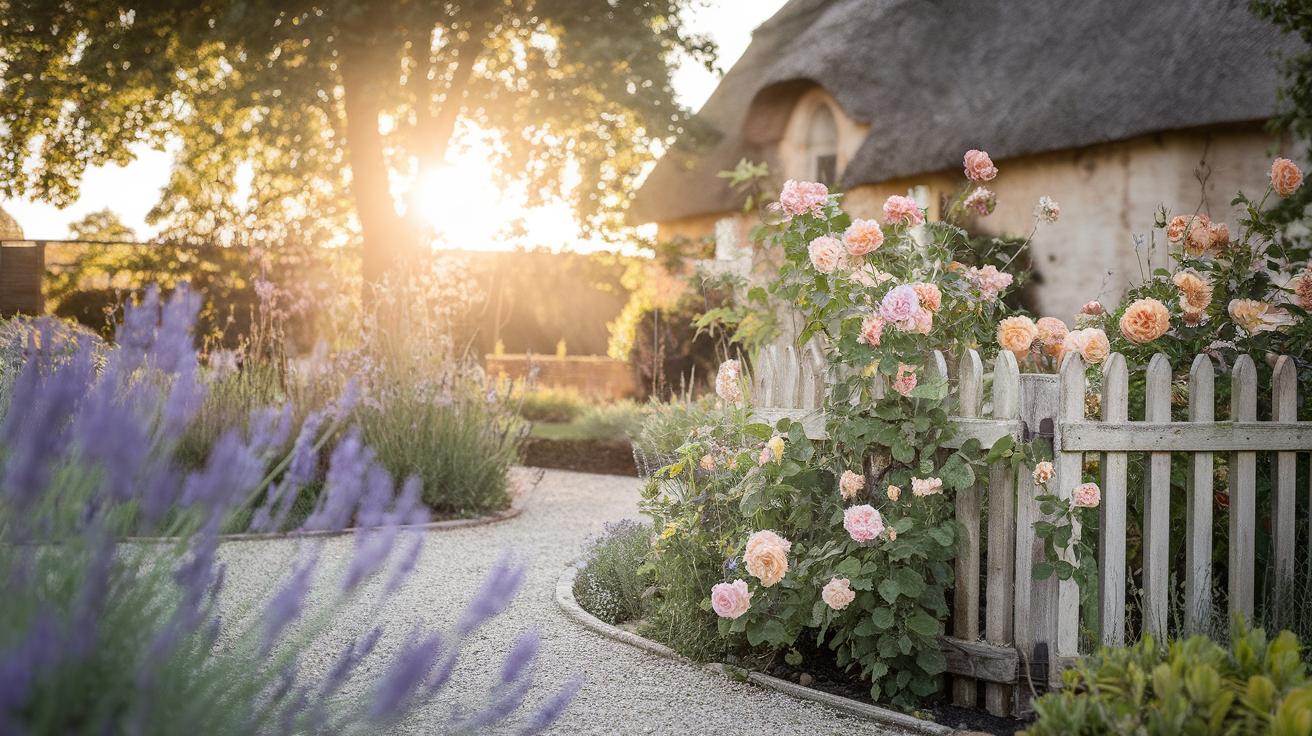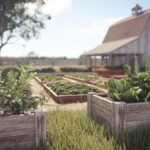Introduction
Container gardening offers a practical solution to grow vegetables in limited spaces. It allows you to cultivate plants in pots, boxes, or other containers, perfect for balconies, patios, and small yards. This method adapts well to urban settings or areas where soil quality limits traditional gardening. You can manage your garden with more control over soil, watering, and sunlight exposure, making vegetable gardening accessible to beginners and experts alike.
Choosing the right vegetables for containers is a key step to ensuring successful growth and harvest. Some vegetables thrive in pots with good drainage and the right soil mix. This article provides detailed guidance on container gardening essentials and highlights the top vegetables to grow in containers. Will you try growing your own food in a small space this year?
Understanding Container Gardening
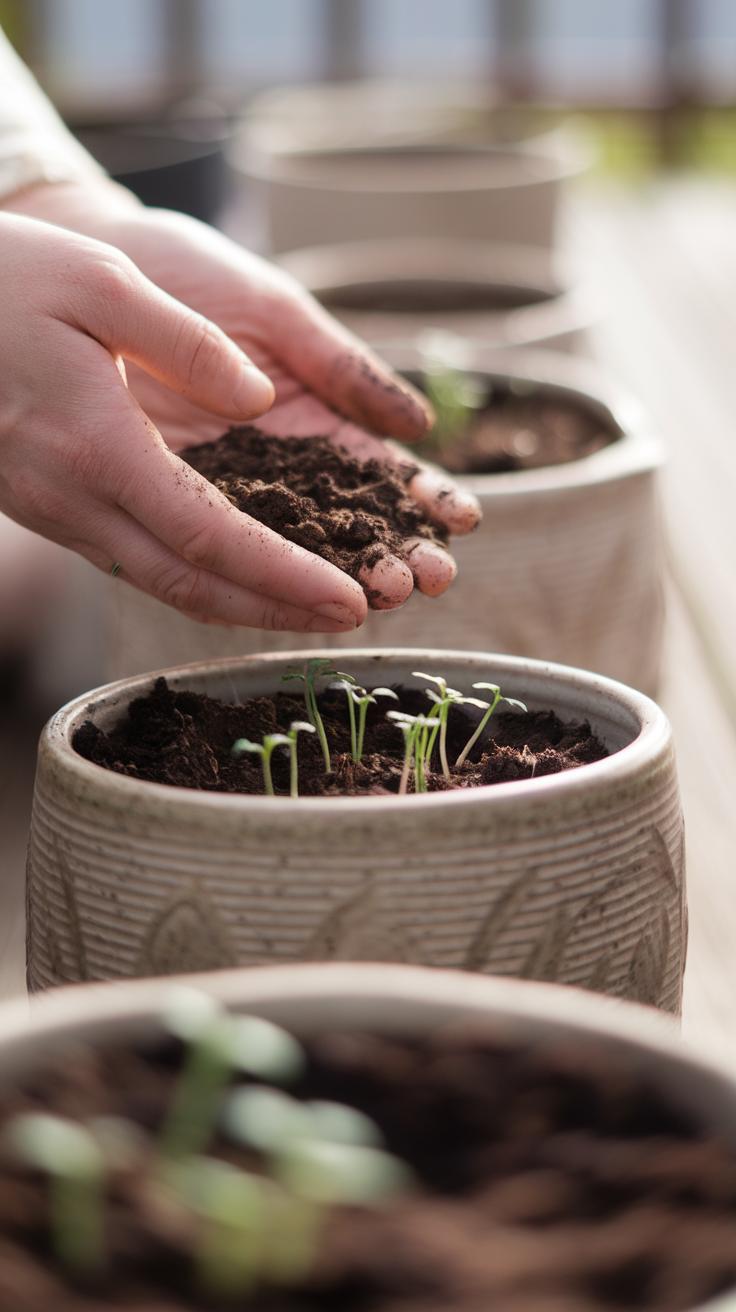
What is Container Gardening
Container gardening means growing plants in pots, boxes, or containers rather than in the ground. This method allows you to cultivate vegetables in small or limited spaces. Common containers include clay pots, plastic planters, window boxes, and hanging baskets. Each type has its own benefits depending on the plant’s needs and your available area. For example, hanging baskets are great for trailing plants, while window boxes work well for herbs and compact vegetables. Containers provide control over soil quality and water, which often leads to healthier plants. You can place them on patios, balconies, or even windowsills, making garden space flexible and accessible.
Why Choose Container Gardening
You might wonder why container gardening fits certain needs better than traditional gardening. If you have little or no yard space, containers offer a way to grow fresh vegetables. Soil quality is important for growing healthy plants, but many urban areas have poor soil or contaminated ground. Containers let you start with good soil and avoid these issues. Container gardens also require less maintenance because they are easier to manage and move. You can adjust water, light, and nutrients more precisely when plants are in containers. This method lets you grow your own vegetables even if your outdoor space is limited or soil is not suitable.
Selecting the Right Containers for Vegetables
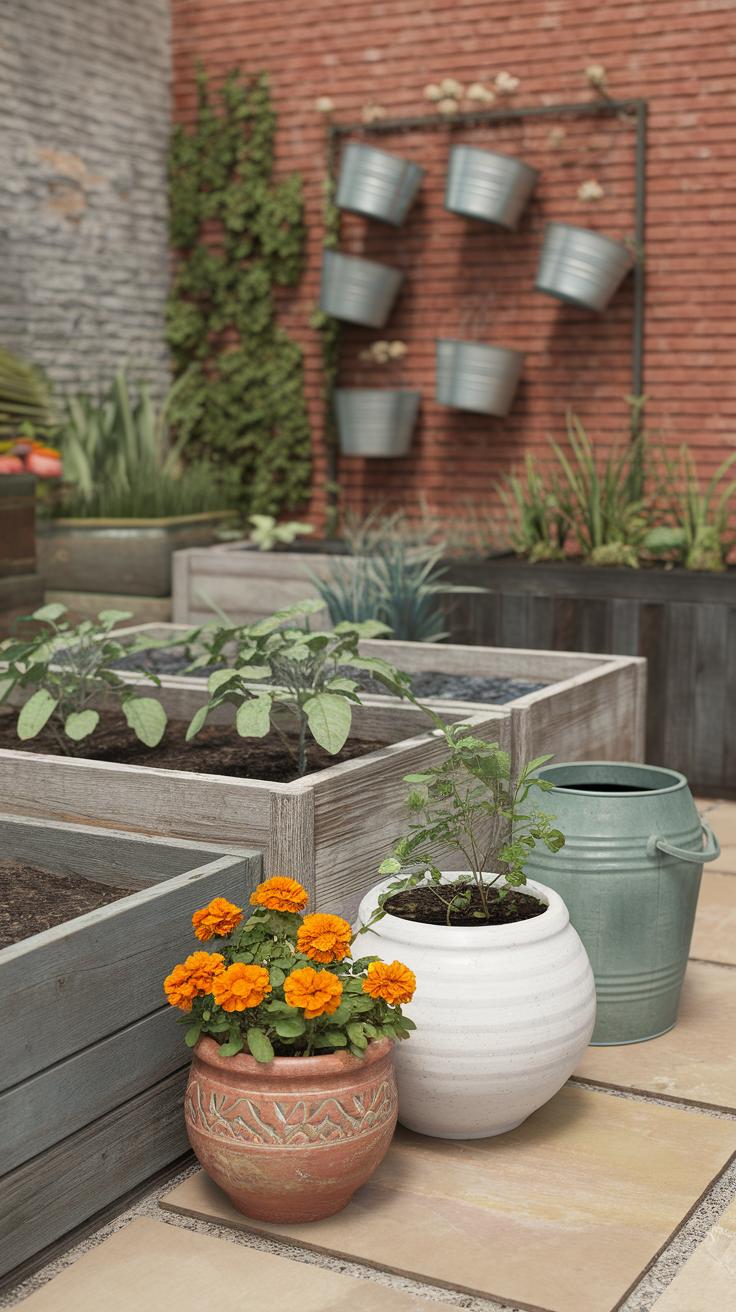
Container Size and Shape
Your choice of container size plays a big role in how well your vegetables grow. Small containers suit herbs and compact plants like lettuce or radishes, which need less root space. Larger containers work better for vegetables with bigger root systems, such as tomatoes, peppers, or bush beans.
Depth matters too. Vegetables like carrots or beets need deeper pots, usually at least 12 inches, to allow roots to grow straight down. Shallow containers often cause roots to become crowded, which limits plant health and yield.
Consider the shape as well. Wide and shallow containers work for leafy greens, while taller, narrow ones fit better with vine plants or those that climb. Matching container size and shape to each vegetable’s needs helps your plants thrive and boosts your harvest.
Material and Drainage
Plastic, terracotta, and ceramic are common container materials for vegetable gardening. Plastic containers hold moisture longer, so they need less frequent watering. Terracotta pots breathe well and reduce soil moisture, which suits succulents or drought-tolerant plants but may require more watering for vegetables.
Ceramic pots look attractive and retain soil moisture, but they can be heavy and fragile. Think about where you’ll place your containers when choosing material.
Drainage is critical. Every container must have holes at the bottom. Without proper drainage, excess water builds up, leading to root rot or poor plant health. Test your containers before planting by pouring water in and watching how it drains. If your container lacks drainage, create holes or add a layer of rocks at the bottom to improve water flow.
Preparing Soil and Planting Mixes for Containers
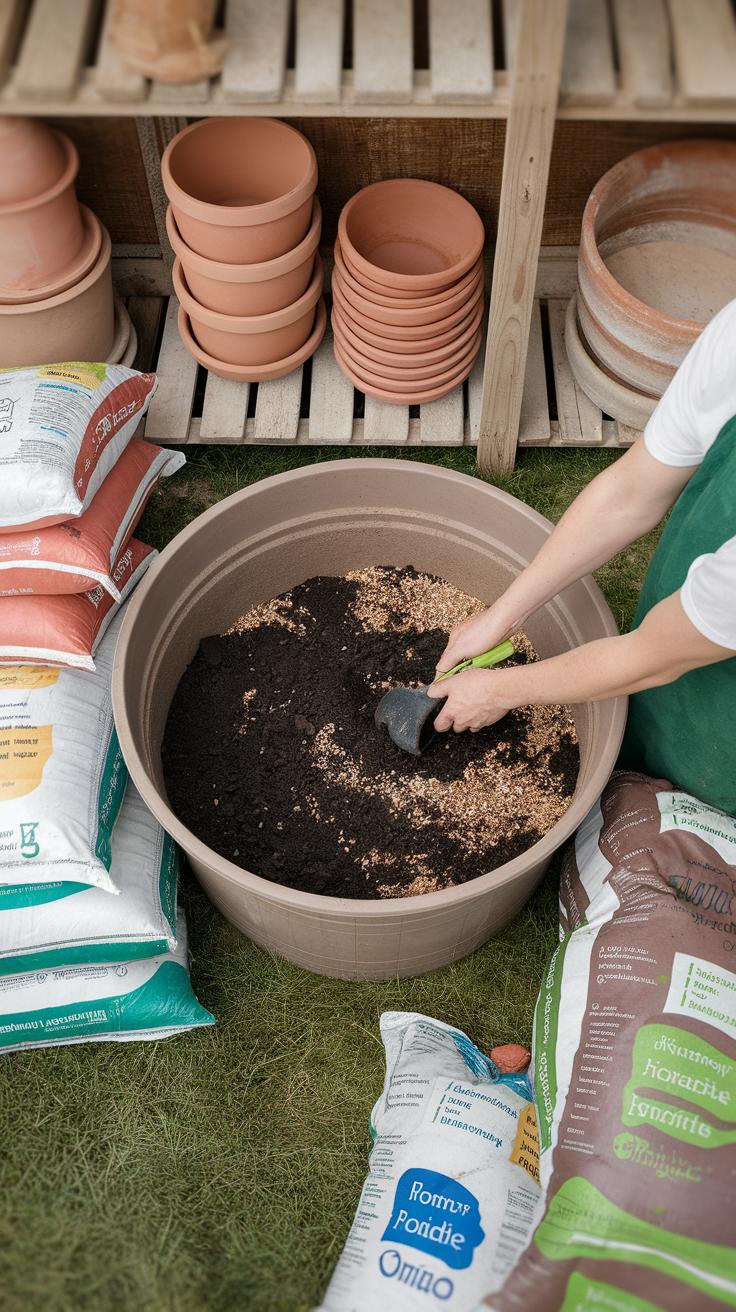
Choosing the right soil mixture defines your container vegetable garden’s success. You want a blend that drains well but still holds moisture. This balance keeps roots healthy and helps prevent waterlogged or dry conditions.
A good soil mix includes equal parts of peat moss or coconut coir, which retain water, combined with perlite or vermiculite to improve drainage. Mixing in compost or well-rotted manure adds nutrients the vegetables need to thrive. Avoid standard garden soil because it compacts easily in containers and reduces airflow to roots.
When planting, fill containers loosely with your soil mix, leaving some space at the top for watering. Press down lightly but don’t pack the soil tight; roots need space to grow. You can also add slow-release fertilizer to the mix for steady feeding over several weeks.
Choosing Soil Mix
Your soil should drain excess water while holding enough moisture for vegetable roots. A good mix often contains 40% soilless medium like peat moss, 30% perlite or vermiculite, and 30% compost. The soilless base helps with water retention and air circulation.
Adding organic matter supplies nutrients and improves texture. For example, finely shredded composted leaves or worm castings can boost soil health naturally. Avoid heavy soils that stay soggy since they promote root rot. You can test your mix by watering it and checking for quick drainage without drying out too fast.
Have you tried mixing your own blend before? Experimenting helps you find the right balance for your specific vegetables and containers.
Soil Care in Containers
Container soil loses nutrients faster than garden beds because watering washes minerals away. To keep soil fertile, feed your plants regularly with liquid fertilizer every two weeks. A balanced 10-10-10 or 20-20-20 formula works well for most vegetables.
Refreshing soil each season prevents buildup of salts and old roots. You can remove about one-third of the old soil and mix in fresh compost before planting new crops. Always check soil moisture and texture throughout the season. If soil becomes hard or too dry, loosen it gently and add small amounts of water-retentive materials.
Watch your plants for signs of nutrient deficiency like yellowing leaves or stunted growth. Adjust fertilizing or soil quality accordingly to keep your container vegetables healthy throughout their life cycle.
Caring for Container Vegetables
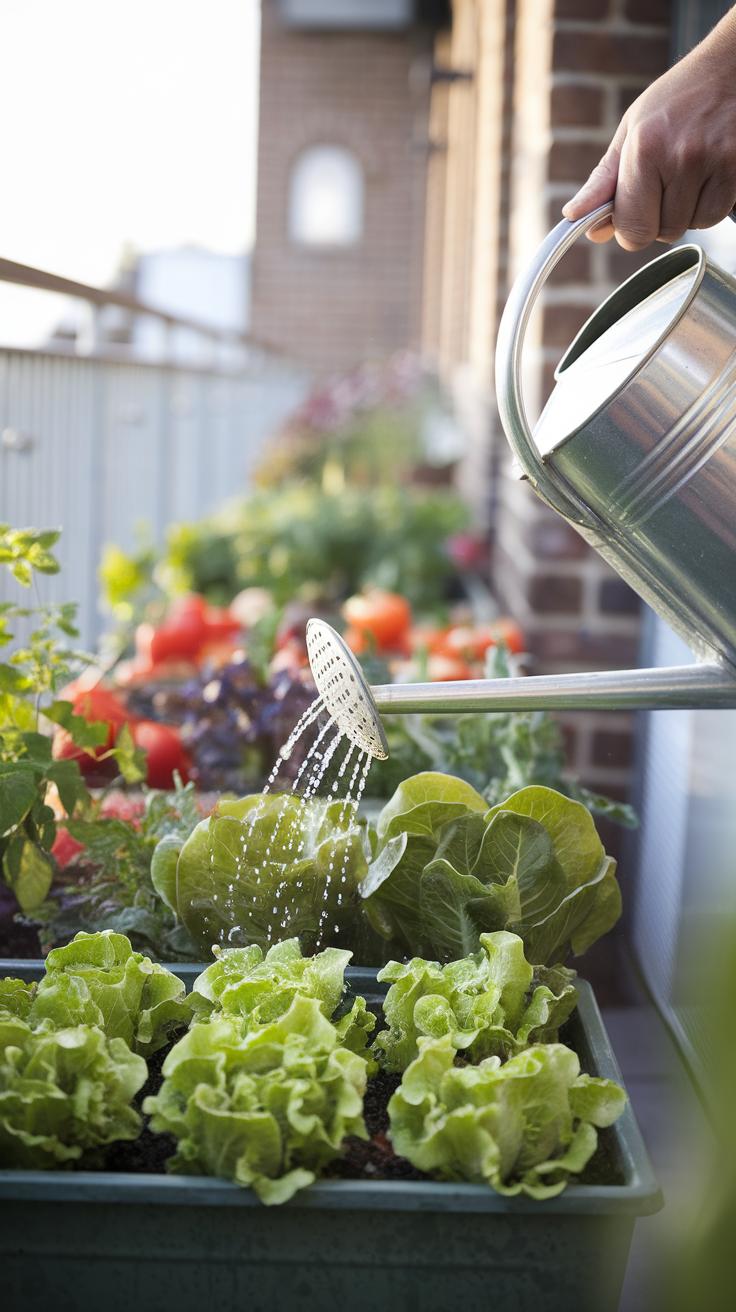
Water plays a key role in the health of your container vegetables. Because containers drain faster than garden beds, you may need to water every day, especially in warm weather. Check moisture by sticking your finger an inch into the soil; if it feels dry, it’s time to water. Overwatering can cause yellow leaves and root rot, while underwatering makes plants wilt and stunt growth. You will spot these signs early if you look closely.
Different vegetables need varied amounts of water. For example, tomatoes require consistent moisture to produce fruit, but overwatering can make them soggy. Leafy greens like lettuce prefer evenly moist soil without sitting in water. Water early in the day when the sun is low to reduce evaporation and help plants soak it up efficiently.
Watering Practices
How often you water depends on temperature, wind, and container size. Smaller pots dry out more quickly. Often, watering once a day is enough, but if the soil feels damp, wait before watering again. Drip trays under containers should be emptied to avoid waterlogging roots.
Watch for signs of trouble: yellowing, drooping, or soggy soil means too much water. Brown, dry edges and shriveled leaves suggest not enough. Adjust your watering schedule based on what your plants show you instead of a fixed rule.
Sunlight and Placement
Most vegetables need at least six hours of direct sunlight daily. Tomatoes and peppers thrive with even more, up to eight or nine hours. Leafy greens can tolerate a bit less sunlight. Place containers where they won’t be shaded by walls or trees during key daylight hours.
Containers can be moved, so observe how sunlight changes throughout the day in your space. Experiment by placing plants in different spots and noting which locations produce healthier growth. South-facing windows or balconies usually offer the best light.
Rotate containers occasionally to expose all sides of the plants to sunlight evenly. This prevents uneven growth and helps your vegetables develop strong stems and leaves. If natural light falls short, consider supplemental grow lights to fill the gap, especially in winter.
Top Vegetables for Container Gardening
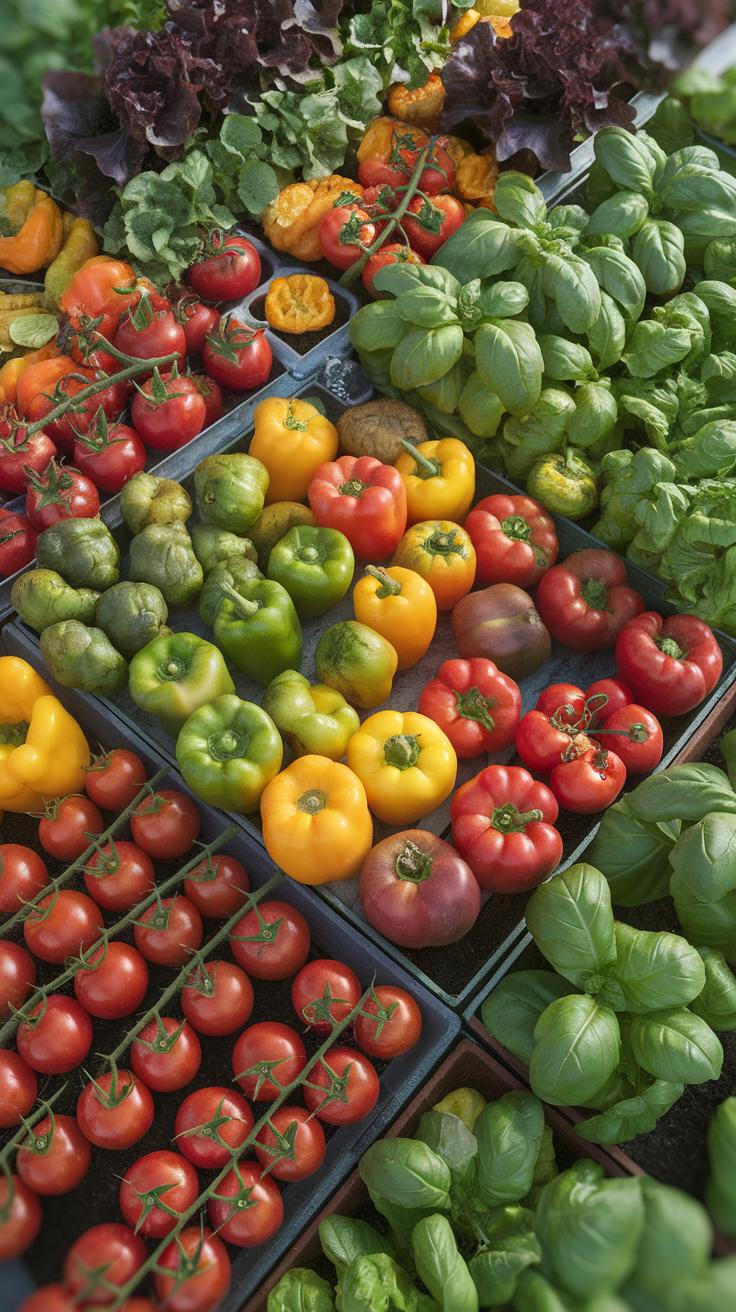
Choosing the right vegetables can make your container garden more successful and rewarding. Some vegetables adapt well to limited space and soil, giving you fresh produce even without a large garden area. Understanding their growth habits helps you care for them properly and get the most from your containers.
Look for compact or bushy varieties that don’t need deep roots. Vegetables with shorter growing seasons work well because they grow quickly and give you harvests faster. Also, consider your climate and whether you can provide enough sunlight for fruiting plants.
By picking vegetables suited to containers, you reduce failures and enjoy a steady supply of fresh food. Would you prefer leafy greens that you can harvest several times, or fruiting vegetables that produce continuously throughout the season? Your choice shapes the care routine and space requirement in your container garden.
Leafy Greens and Herbs
Leafy greens such as lettuce and spinach grow well in containers because they need shallow soil and cooler temperatures. These plants thrive in containers with good drainage and require regular watering to keep leaves tender. You can harvest leaf by leaf, which encourages new growth and extends the harvest period.
Herbs like basil and parsley also suit container gardening. They prefer sunny spots and grow quickly from seed or seedlings. Fresh herbs add flavor to your meals and often repel pests if you position them near other plants. Herbs need less space but benefit from well-drained soil and occasional feeding.
Have you experimented with harvesting cut-and-come-again leaves? This method works perfectly in containers and keeps your plants productive. If space is limited, combining leafy greens and herbs in one container can maximize your yield.
Fruiting Vegetables
Fruiting vegetables such as tomatoes, peppers, and bush beans can thrive in containers if given the right support. Tomatoes do best in deep pots with stable stakes or cages to support their growth. Choose bush or determinate varieties for easier container gardening since they stay compact.
Peppers also prefer containers with good drainage and warmth. They need full sun and consistent moisture. Bush beans are a smart choice because they do not climb, making them easier to manage in smaller containers and they fix nitrogen in the soil, improving plant health.
Have you tried growing cherry tomatoes in containers? They often yield more fruit and require less space than larger tomato types. Caring for fruiting vegetables involves close attention to watering and feeding, but the sweet reward of fresh produce is worth the effort.
Maximizing Space with Container Placement
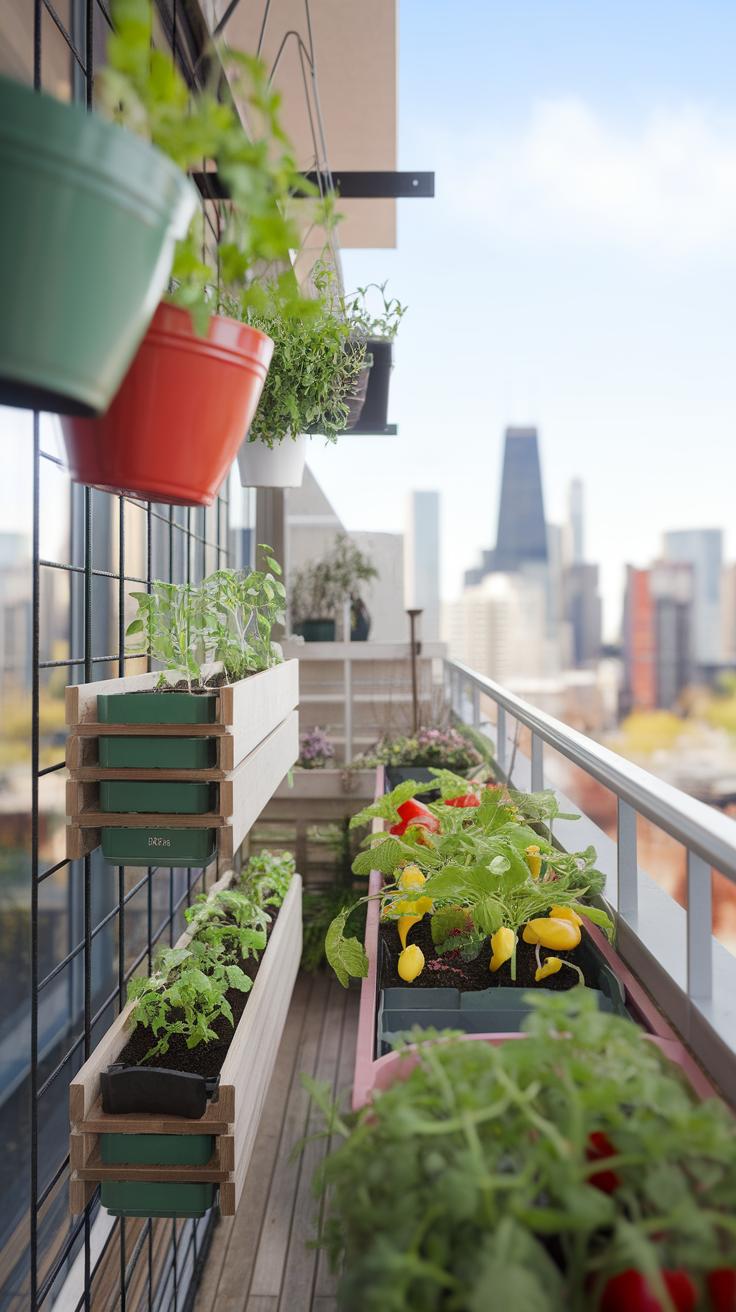
Positioning your containers thoughtfully helps you use every inch of your growing area. Vertical gardening creates more surface for your vegetables by stacking plant containers upward instead of spreading them out on the ground. You can make a small space feel larger and more productive by using walls or fences to support your plants.
Placing containers close together in groups can save space and simplify watering and care. Group containers that need similar amounts of sunlight and water, so you don’t have to adjust your routine for each pot. Think about how tall plants might cast shade on shorter ones, and arrange accordingly to keep all your vegetables healthy.
How much space do you really need to grow a variety of vegetables? Careful planning can boost your yield and keep your garden manageable. Try arranging your containers in ways that help you reach and care for all your plants without wasting room.
Vertical Gardening Techniques
Vertical gardening lets you grow more vegetables in less space by using structures like wall planters, hanging baskets, and tiered shelves. Wall planters allow you to attach pots or planting pockets directly to walls or fences, ideal for lightweight plants like lettuce, herbs, and strawberries.
Hanging baskets free up floor space and are perfect for trailing vegetables like cherry tomatoes or peas. Tiered shelves create multiple growing levels, maximizing light exposure for each plant and making it easier to organize your vegetable containers. This setup works well for root vegetables in deeper pots and leafy greens on upper tiers.
Which vertical system suits your space and the vegetables you want to grow? Experiment with different setups to find the most effective arrangement for your garden size.
Grouping Containers
Grouping containers with compatible plants helps you take advantage of sunlight patterns and streamline plant care. Put sun-loving vegetables like peppers and tomatoes together where they get full light. Shade-tolerant plants such as spinach and lettuce can share a spot with taller vegetables that provide partial shade.
Choosing plants with similar watering needs for each group makes it easier to keep soil moist without overwatering. Grouping also allows you to easily monitor your plants and spot problems early, since you tend to check clusters rather than isolated pots.
Consider plant height, water needs, and sunlight requirements when grouping your containers. Which plants growing near each other could help you save time and keep your container garden thriving?
Common Challenges in Container Vegetable Gardening
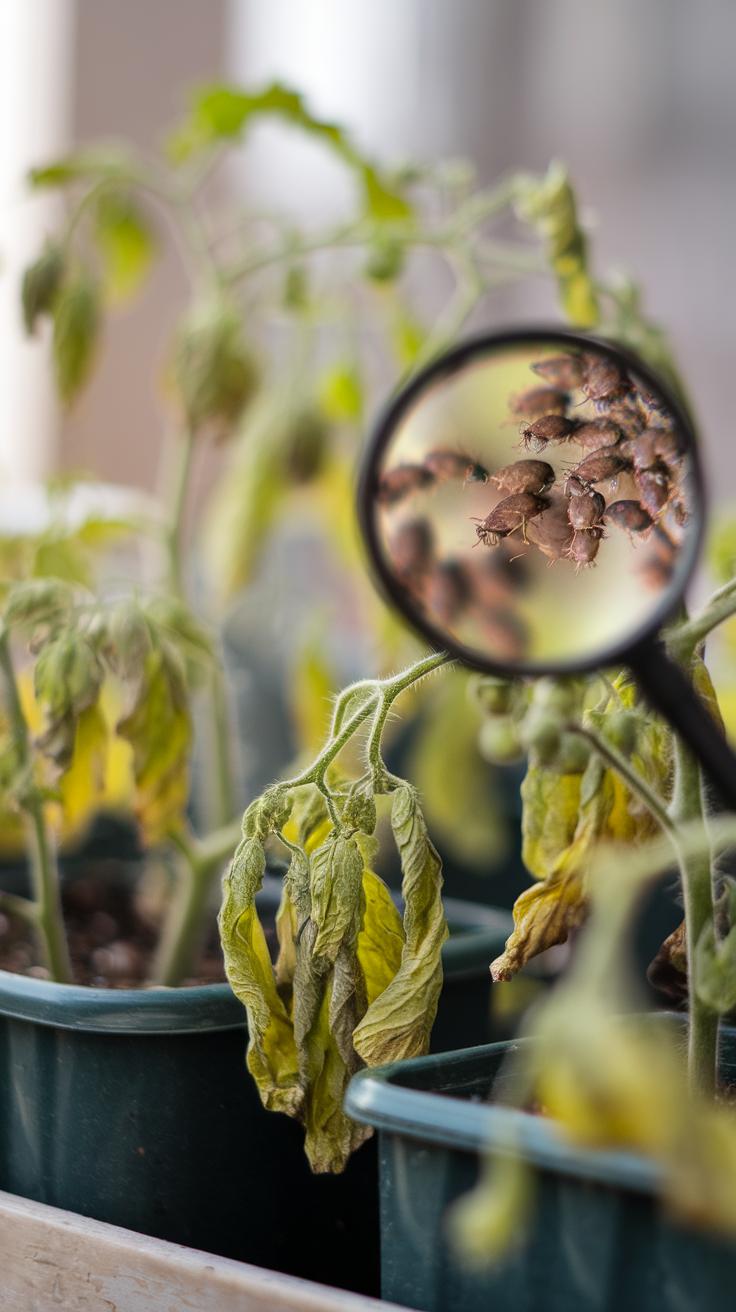
Growing vegetables in containers comes with unique challenges that you need to manage for a healthy harvest. Pests like aphids and spider mites often appear because container plants are close together. Watch for tiny holes in leaves or sticky residue, which may signal insect trouble. Use insecticidal soap or neem oil early to stop pests from spreading. Removing affected leaves and keeping containers clean also helps.
Diseases can develop faster in containers due to limited airflow and overwatering. Fungal infections like powdery mildew cause white patches on leaves. To avoid this, water the base of plants and space containers to allow air circulation. Examining leaves regularly helps catch diseases before they get worse.
Pests and Diseases
Small space and close container placement make pests easy to spot. Sticky traps attract flying insects, showing if you have a pest problem. Tomato hornworms and whiteflies attack container tomatoes and peppers. Handpicking pests early prevents damage to your plants. Use companion planting by adding herbs like basil or marigold to repel pests naturally.
Diseases develop when soil stays too wet. Avoid using garden soil; instead, choose potting mix that drains well. Clean containers between growing seasons to reduce disease risks. If a plant shows signs of disease, remove it quickly to protect the others. Do you check your plants daily for changes?
Nutrient Management
Container soil runs out of nutrients faster than ground soil. Yellowing leaves or poor growth often point to nutrient issues. Pay attention to leaf color and plant vigor. Use a balanced, water-soluble fertilizer every two to three weeks to replenish nutrients. Organic options like compost tea also provide steady feeding without chemicals.
Because containers hold limited soil, over-fertilizing can burn roots. Follow package instructions carefully and water plants after feeding. Consider slow-release fertilizers to reduce feeding frequency. Testing soil with a simple kit helps identify which nutrients are low. How often do you assess your plants’ health?
By managing pests, diseases, and nutrients, your container garden will stay productive and vibrant. These steps protect your effort and encourage strong vegetable growth in small spaces.
Expanding Your Container Garden
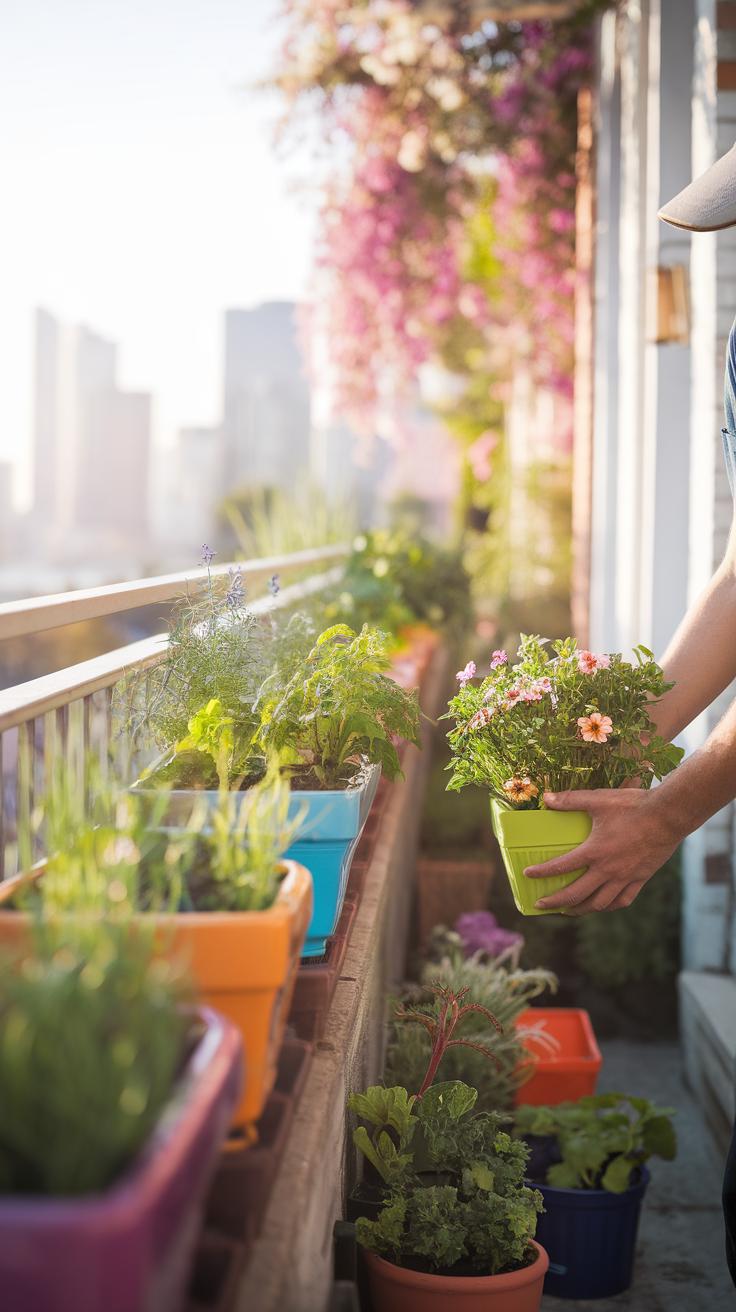
Expanding your container vegetable garden is a great way to grow more fresh food at home. Start by choosing new containers that fit your space and the plants you want to add. Smaller containers suit herbs and leafy greens, while larger pots work well for tomatoes or peppers. Think about what vegetables you enjoy eating and what grows well in your climate. Trying new varieties can make gardening more fun and rewarding.
Add new plants slowly to avoid overwhelming your garden and yourself. This approach lets you learn what works best and adjust watering or sunlight needs as you go. You might try bush beans, radishes, or dwarf cucumbers—these often adapt well to containers.
Adding New Plants
Choose containers that suit the vegetable’s size and root depth. Clay pots help keep soil cool, while plastic containers retain moisture longer. If you have limited space, vertical planters or stackable pots can increase your growing area without taking extra ground room.
Experiment with different vegetable types to find your favorites. For example, if leaf lettuce grows well for you, you could try kale or Swiss chard next. Think about planting fast-growing veggies alongside slower ones so you harvest continuously. How do you decide which plants to add first?
Repotting and Maintenance
Repot plants when they outgrow their containers or soil quality declines. Signs include roots coming out of drainage holes or plants wilting quickly after watering. Use fresh potting mix to provide new nutrients and space for roots to expand.
Maintain your containers by removing dead leaves and checking for pests regularly. Ensure proper drainage to prevent root rot. Refresh the soil every season to keep your vegetables productive. Keeping your containers healthy will help your garden thrive as you add more plants over time. What maintenance steps have worked best in your garden?
Conclusions
Container gardening provides a flexible way to grow fresh vegetables, even where space is limited. By selecting the right containers and vegetables suited for container growth, you create a productive and manageable garden. Regular care, including proper watering and occasional repotting, ensures your plants stay healthy. This approach turns small outdoor or indoor areas into sources of homegrown food.
Adopting container gardening invites you to explore plant care with simple techniques tailored to your environment. You can enjoy the satisfaction of harvesting vegetables right at your doorstep. Reflect on your available space and resources to plan your container garden effectively. Your efforts can lead to a rewarding gardening experience with fresh, home-grown vegetables throughout the growing season.


